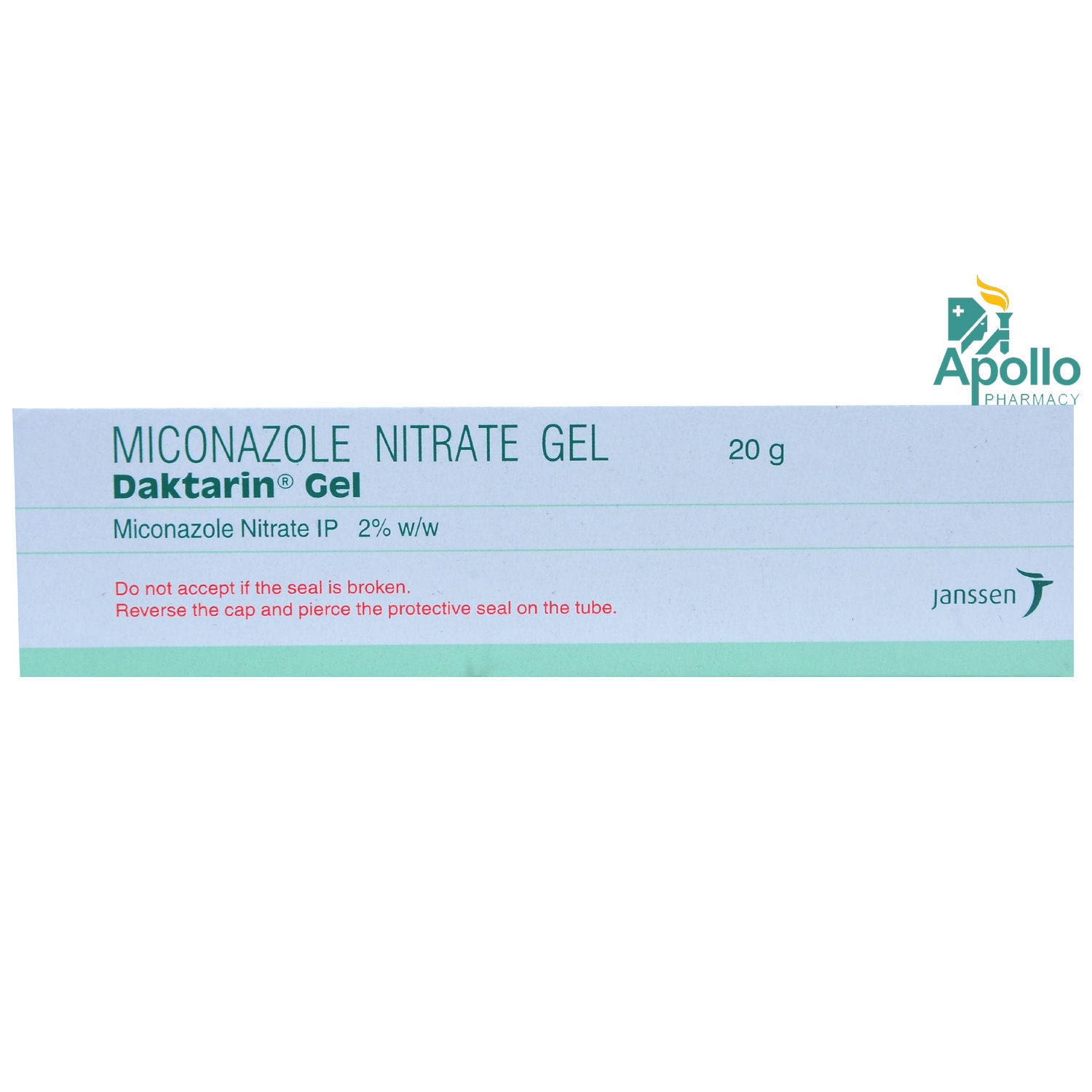Miconazole
About Miconazole
Miconazole belongs to the class of antifungal medication. It is used in the treatment of fungal or yeast infections of the skin, such as athlete’s foot (affects toes), jock itch (affects the groin area), candidiasis (affects mouth, throat, gut, and vagina), and ringworm (affects skin or the scalp). Athlete’s foot, jock itch, and ringworm are fungal infections closely related to each other, whereas candidiasis is a yeast infection caused by Candida albicans. These infections are usually seen in people with weak immune systems. They can spread by skin-to-skin contact.
Miconazole contains miconazole. Miconazole can inhibit fungal growth and reduce infection. Generally, Miconazole may take 4 to 7 days to reduce the symptoms. Your doctor will decide what dose should be taken based on your health condition. Continue using Miconazole even if the symptoms improve. Abrupt stopping of the medication may result in a relapse of the infection (reappearance of the signs). So, continue treatment as recommended by your doctor to eradicate the infection.
Use Miconazole as recommended by the physician. In some cases, Miconazole may cause redness, rash, itching, or blister formation at the site of application, impaired sense of taste (dysgeusia), headache, itching or burning, tummy/abdominal pain, nausea, vomiting and diarrhoea. Inform your doctor if the side effects don’t disappear or get worse within a few days. Seek medical attention immediately if you experience any other abnormal symptoms.
Before taking the Miconazole, inform your doctor if you are allergic (hypersensitive) to miconazole or any other antifungal agents. Inform your doctor if you are taking anticoagulants, immunosuppressants, antifungals, antibiotics, prescription drugs, or non-prescription drugs. Inform your doctor if you have diabetes, HIV or AIDS, or undergoing chemotherapy. Talk to your doctor before using this medicine in children, pregnant women, and breastfeeding mothers.
Uses of Miconazole
Medicinal Benefits
Miconazole is used to treat fungal or yeast infections. It can inhibit the growth of fungi by targeting fungal cell membranes. It can be used to treat candidiasis, ringworm, athlete’s foot, and jock itch. It improves the symptoms within 3 to 4 days of the initial treatment.
Directions for Use
Storage
Side Effects of Miconazole
- Rashes
- Redness
- Itching
- Burning sensation
- Blistering at the site of the application
- Diarrhoea
- Abdominal pain
- Nausea
- Vomiting
- Dry mouth
- Altered taste
- Headache
- Bleeding or abdominal cramps
Drug Warnings
Before using Miconazole, inform your doctor if you are allergic to miconazole or any other antifungal agents. Miconazole should be used with caution in people with a weakened immune system due to chronic conditions such as HIV or AIDS and people who are receiving chemotherapy. Also, tell your doctor if you were previously diagnosed with diabetes or are pregnant or breastfeeding. Keep this medicine away from your eyes. If you get any cream in your eyes, rinse with water immediately. Keep your eyes open when you rinse. Miconazole may be contraindicated in patients with known hypersensitivity (e.g., anaphylaxis) to miconazole, milk protein concentrate, or any other product component.
Drug Interactions
Drug-drug interactions: Miconazole interacts with anticoagulant drugs (anisindione, dicoumarol, and warfarin).
Drug-food interactions: Miconazole may interact with caffeine-containing tea, coffee, cola and energy drinks as it may increase the adverse effects of caffeine. Do not take marijuana with Miconazole as it may worsen the adverse effects of marijuana. Also, avoid consumption of alcohol with Miconazole as it may increase the risk of liver damage.
Drug-disease interactions: If you have asthma, sulphite allergy, an autoimmune disorder, or heart or liver problems, inform your doctor before using Miconazole.
Drug-Drug Interactions Checker List:
Safety Advice

Alcohol
cautionAlcohol may interact with Miconazole. Therefore, it is better to avoid alcohol while using Miconazole.

Pregnancy
cautionMiconazole should be used with caution in pregnant women.

Breast Feeding
cautionMiconazole should be used with caution in breastfeeding women. The doctor may advise you to stop breastfeeding while taking Miconazole, if necessary.

Driving
safe if prescribedMiconazole does not affect your ability to drive.

Liver
safe if prescribedMiconazole can be used in patients with liver diseases only when prescribed by a doctor.

Kidney
safe if prescribedMiconazole can be given to patients with kidney problems only when prescribed by a doctor.

Children
cautionMiconazole should be used in children under 12 years of age only when prescribed by a child specialist.
Habit Forming
Diet & Lifestyle Advise
- Shower regularly and properly dry yourself before clothing.
- Take warm baths with mild soap.
- Don't share your bedding, towels, or clothes.
- Wearing tights or tight underwear is not recommended.
- Do not scratch the infected area. Scratching the infected skin area may spread the illness to other body parts.
- Avoid harsh soaps and deodorants or any other products.
- Avoid intercourse till the thrush has been treated.
- Limit or cut down your consumption of alcohol and caffeine.
- Reduce your intake of sugar, yeast, refined carbohydrates, and mouldy foods.
Patients Concern
Disease/Condition Glossary
Fungal infection occurs when a fungus enters, infects, and multiplies in the body. Fungi can live in water, soil, air, and plants. Fungi affect any part of the body, including the mouth, throat, oesophagus, lungs, bladder, genital area, and blood. Mild fungal skin infections are common and can cause rashes. Fungal infections affecting body organs like the lungs can cause flu or tuberculosis. Some fungal diseases like cryptococcal meningitis and blood infections can be fatal. A few common fungal infections are yeast infections that affect the genital area, oesophagus, and urinary tract caused by the species Candida.
FAQs
Miconazole is used to treat fungal or yeast infections of the skin such as athlete’s foot (affects toes), jock itch (affects the groin area), candidiasis (affects mouth, throat, gut, and vagina), and ringworm (affects skin or the scalp)ÂÂÂÂÂÂÂÂ.
Miconazole contains miconazole belonging to the imidazole class of antifungal medicines. It prevents the growth of fungi that cause infection.
You should use Miconazole for a duration as prescribed by your doctor as abrupt stopping can cause recurrence of infection. However, if you notice blistering, severe redness, or rashes at the site of the treated skin, stop using Miconazole and contact your doctor immediately.
Vaginal itching is a symptom that can be caused by any fungal or bacterial infection. Miconazole can be used to treat only fungal infections. It is necessary to determine the cause of itching before using Miconazole. So, please consult a doctor for a thorough evaluation.
Yes, Miconazole can also be used to treat fungal infections affecting nails. However, do not use this medicine without a doctor's advice.
Yes, Miconazole may cause itching or burning sensation at the site of the application. Do not scratch the skin as the itching usually temporary and subsides within a few minutes after the application of medicine over the affected area.
No, do not stop treatment with Miconazole even if your symptoms disappear as it is important to complete the full treatment course with Miconazole to treat you condition effectively.
Yes, Miconazole treats fungal skin infections like ringworm (red, scaly rash on skin), jock itch (groin or buttocks), and athlete's foot (feet and toes). Use as directed and finish the full course of treatment.
Miconazole may cause itching in some cases. It may be mild and moderate and resolves gradually in most cases. However, inform your doctor if the irritation persists or worsens.
Common side effects of Miconazole may include itching, peeling and dry skin. If side effects don't disappear or get worse within a few days, inform your doctor.







